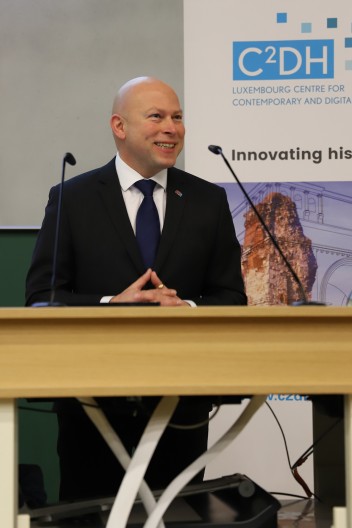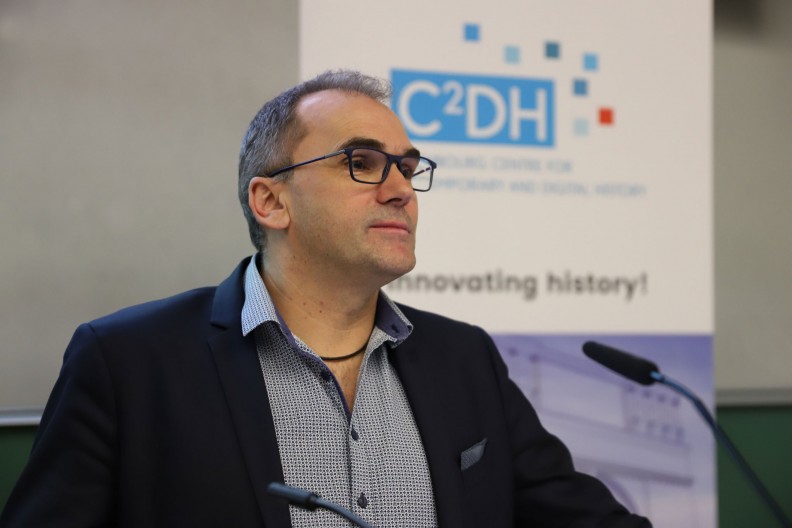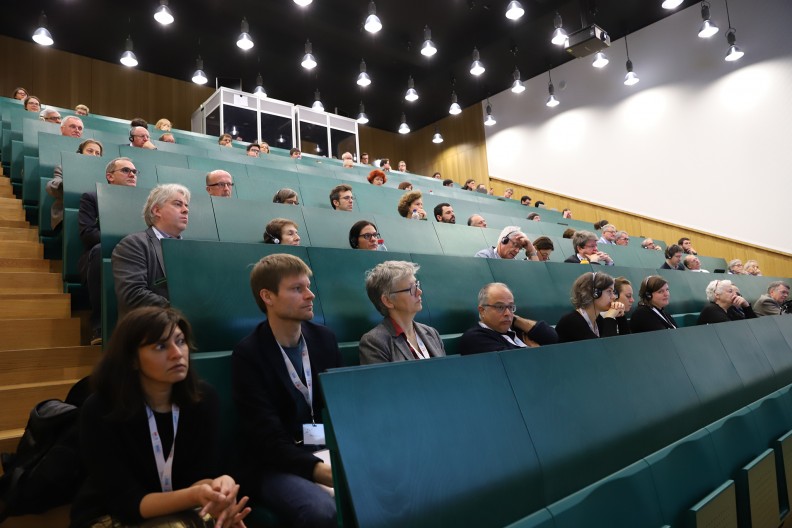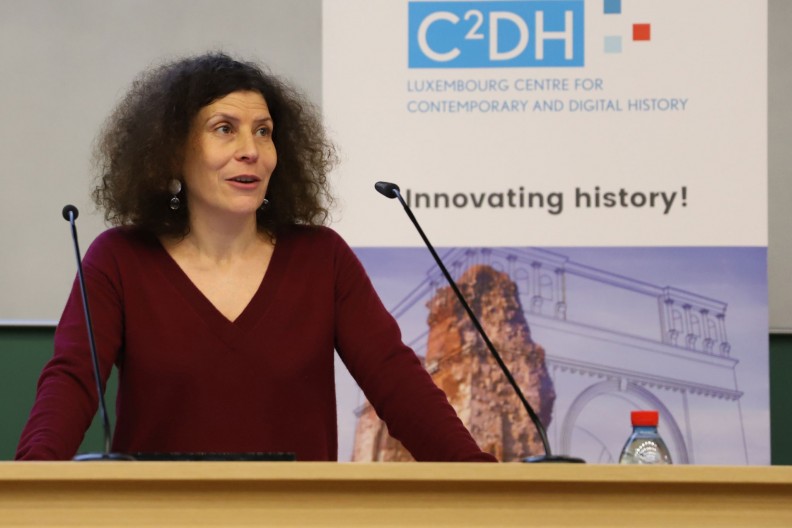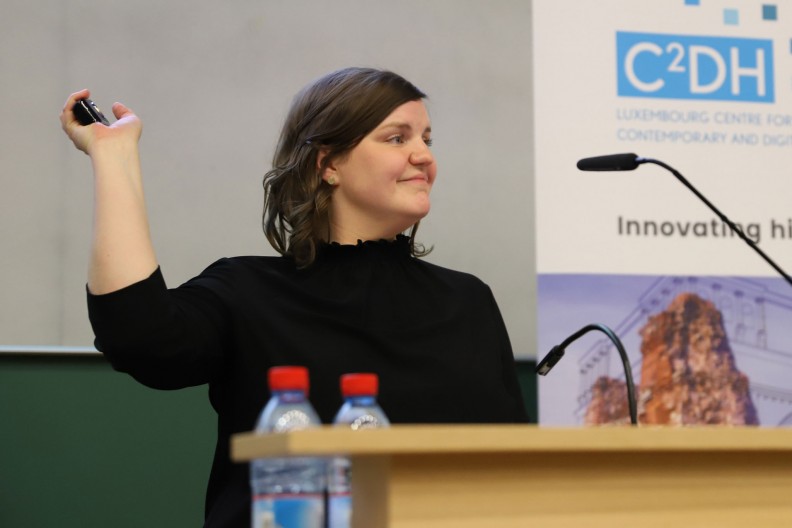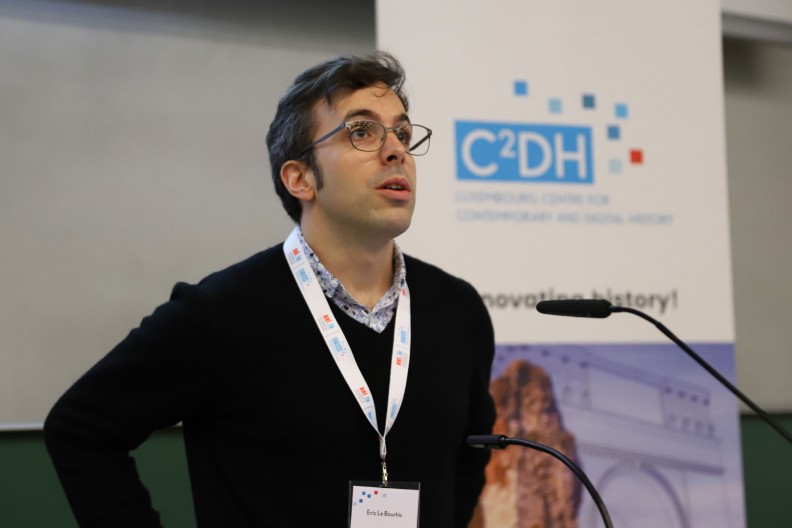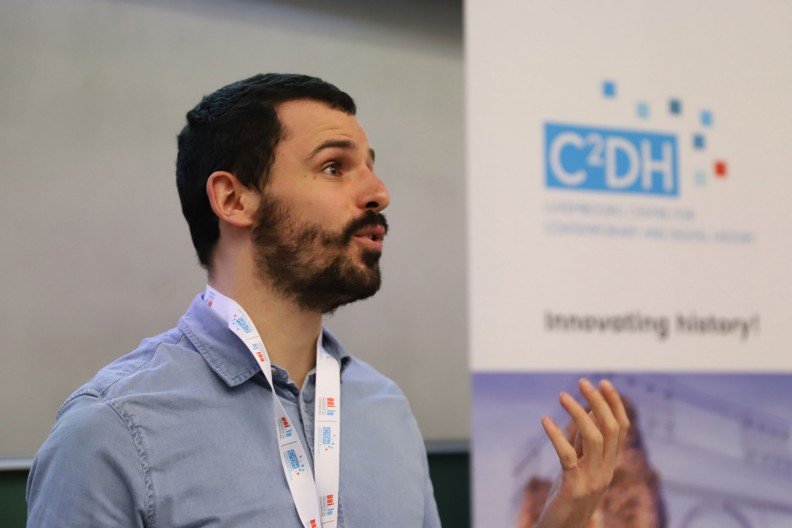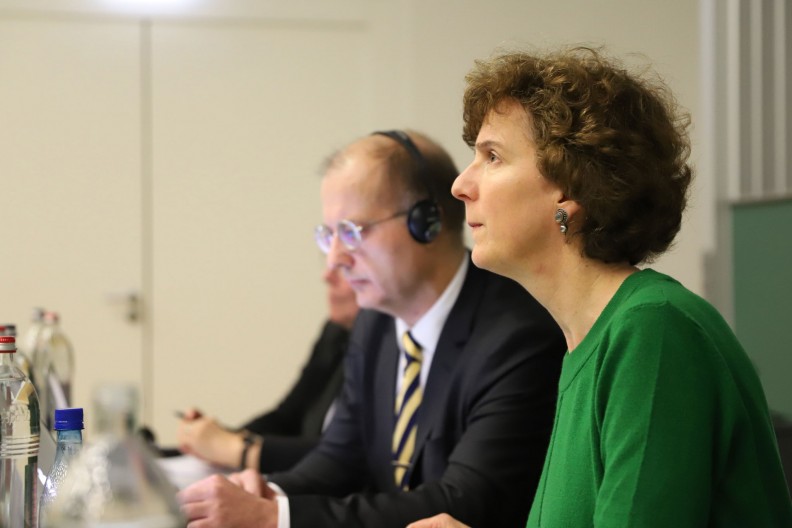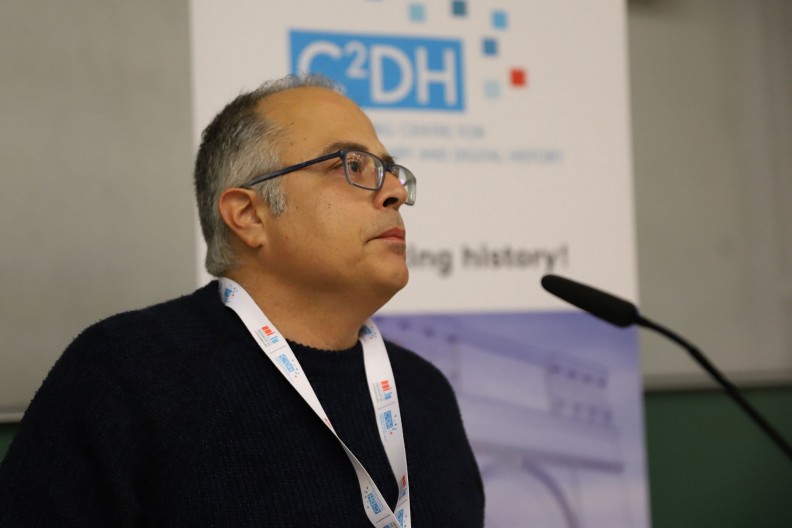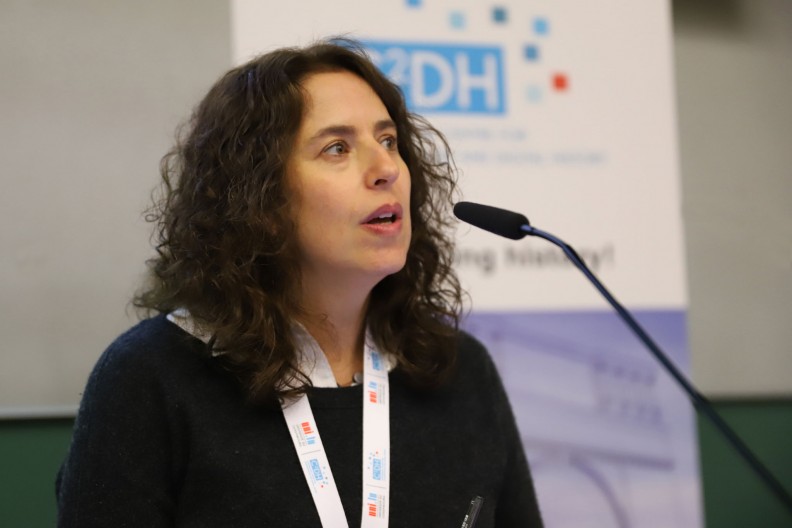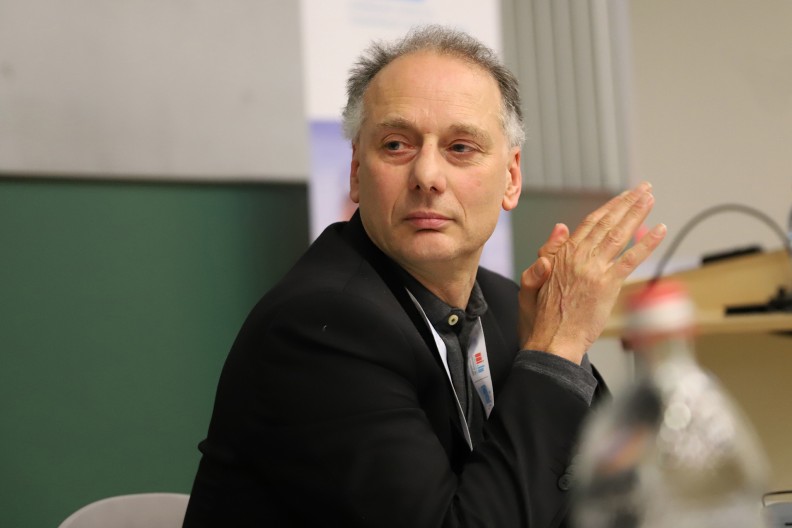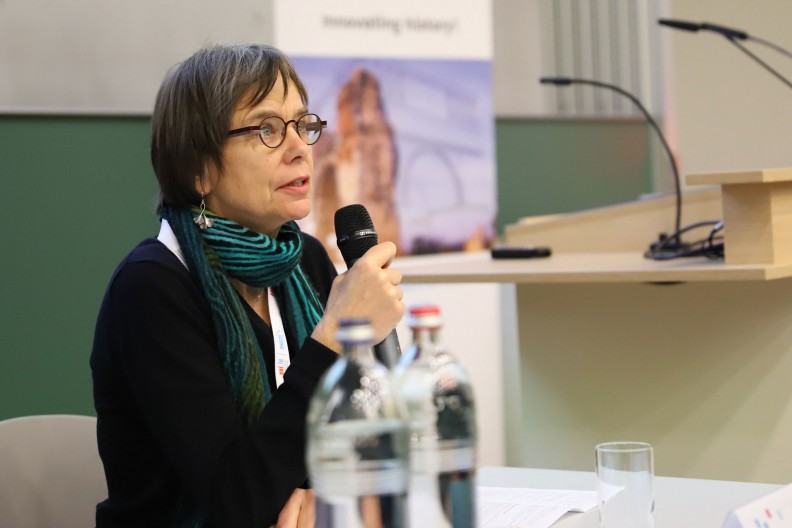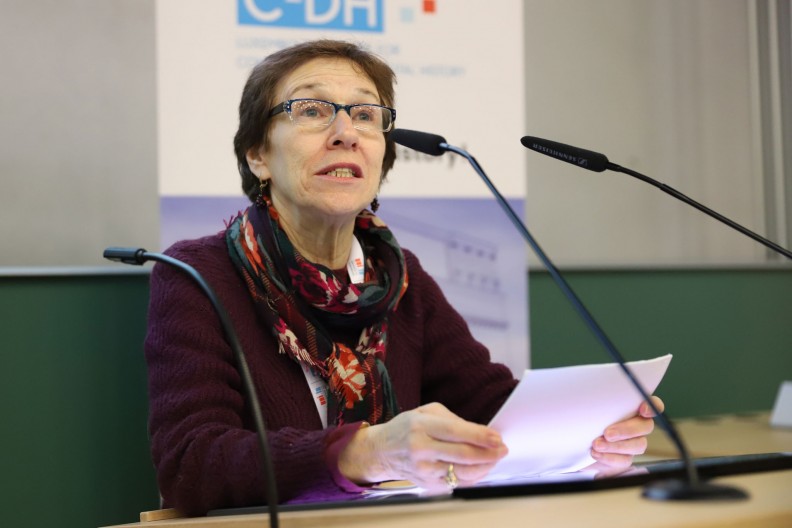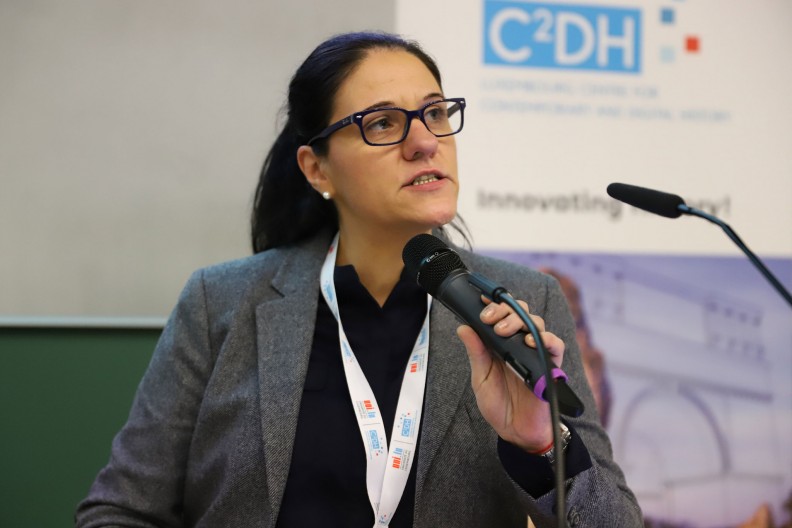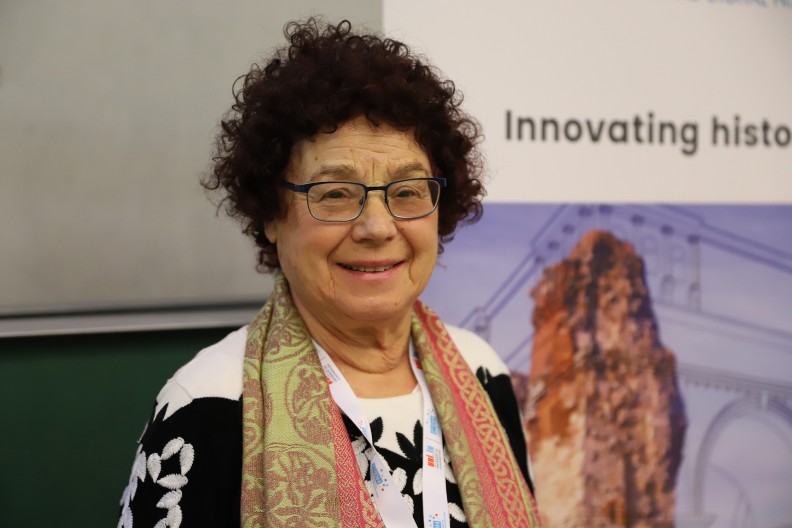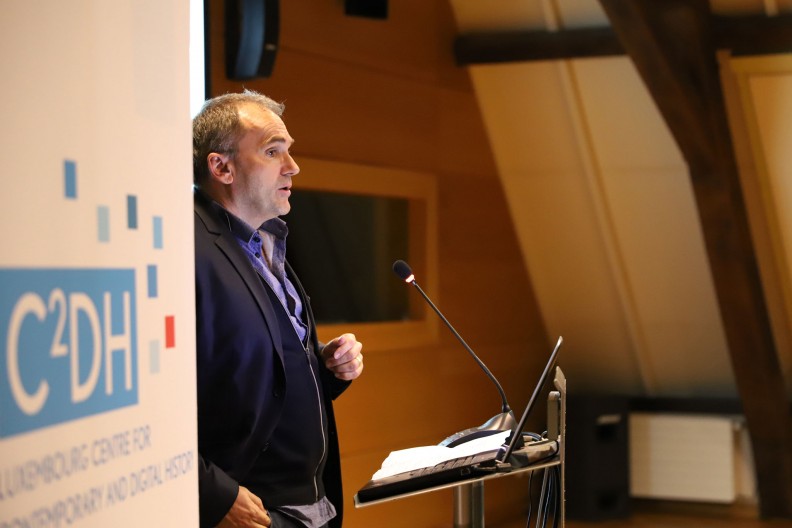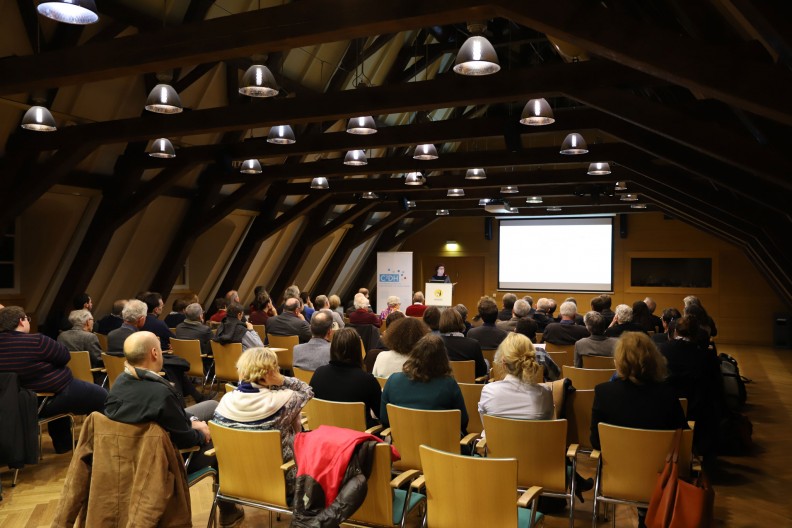The participants in the conference “The Way Out: Microhistories of Flight from Nazi Germany”, organised by Denis Scuto and his colleagues, gave almost 30 presentations and talks demonstrating how the microhistorical approach can be applied to a topic whose complexities are still being examined today. By focusing on the stories of individuals, this new perspective brings Holocaust victims out of the anonymity of nameless masses and shows us that while generalisations can be useful, they can also conceal a wide diversity of specific destinies.
Although many contributions offered a detailed analysis of the movements of particular Jewish families who chose to flee Nazi Germany or the countries under its control, microhistory is not just about biographical analysis, as historian Claire Zalc emphasised in her opening address. It involves adopting a different relationship with sources, based on identifying individual traces and piecing them together. A study on how Jewish refugees from Nazi Germany were housed in Riga, for example, drew on an analysis of the housing registers for blocks of flats at that time. Another research project looked at the role of “no man’s lands”, or makeshift refugee camps between borders, for which few official documents exist.
Emigrants, refugees: the lines are blurred and the itineraries, both literal and figurative, took countless forms. Lisbon was a major stage en route to exile, but there as elsewhere, the right to enter or stay was often not certain – as described by other speakers at the conference. Although many refugees headed to the United States, some chose or were forced to take other routes – for example, Jewish refugees in Poland were deported by Stalin to Siberia.
Several speakers asserted that the exile of the Jewish population, whether imposed by the Nazis or chosen because of a direct threat of deportation, should be seen in the wider context of migration history. Some presentations also looked at the post-war period, for example the Netherlands government policy to expel German Jews after the liberation. Some speakers looked specifically at Luxembourg, and there was a presentation of the C²DH research project on Luxembourg government policy towards the Jews from the 1930s to the 1950s.



